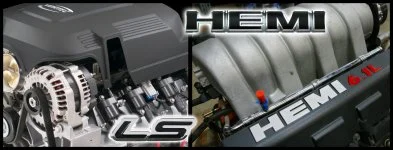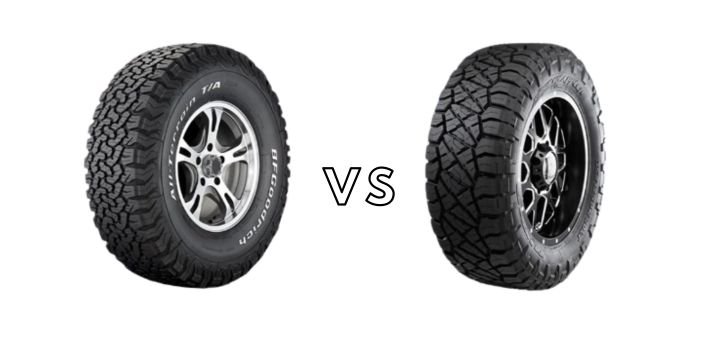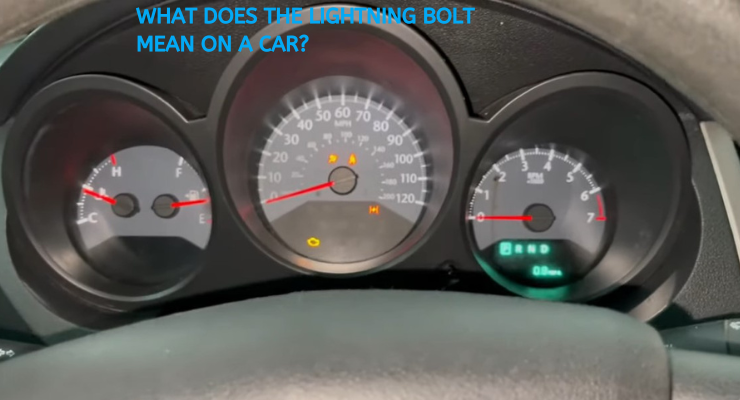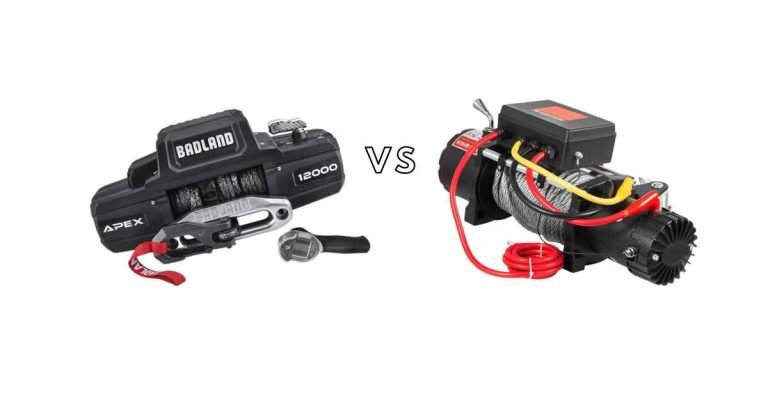LS vs HEMI: A Comprehensive Comparison
Many of us have heard about this popular LS engine and Hemi engine. LS engines are inherently stronger and come with aluminum cylinder heads. At the top of the Hemi engine is a hemispherical dome-shaped cylinder. In which the combustion chamber and top piston are present.
In today’s modern times, piston engines can be said to be an important and major component of the automotive industry as they perform the special task of converting the energy released during combustion into mechanical work. Also, piston engines are for low-speed and short flights which saves fuel.
In 1997, General Motors (GM) first introduced the LS V8 engine, popular for its cost-effectiveness, size and weight. This is a “clean-sheet” LS1 design engine. Chrysler, on the other hand, began using the Hemi engine in its vehicles in the 1950s and introduced the internal-combustion V-8 engine Hemi in 1951. The guide goes into more detail about the LS engine and the Hemi engine.
Understanding the LS Engine
LS is an aluminum block engine which means “Luxury Sport”. It features in most base model names in the Chevy lineup. It features a deep skirt design and a thin iron bore liner that limits the overbore to 0.010 inches. The engine features hydraulic roller lifters and cathedral port rockers for both intake and exhaust. The LS engine is a cam-in-block engine, where the camshaft is located within the engine block.
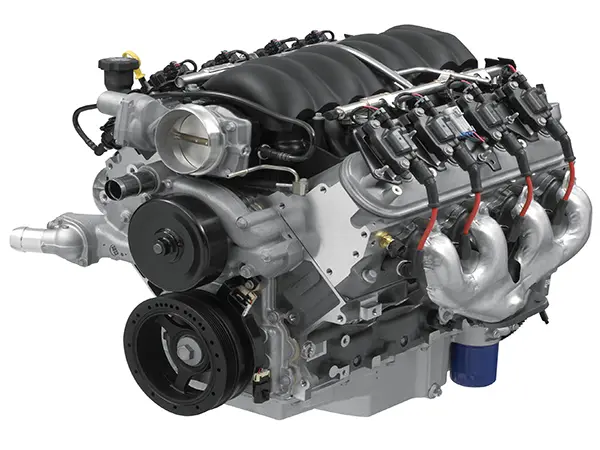
A camshaft is a mechanical link that converts rotational motion into linear motion. It comes with a 6-bolt main bearing cap. The LS V8 can be said to be the world’s most popular crate engine for vehicles including Nissan and new supercars. Key features of the LS engine include improved engine operation, increased engine power, and reduced fuel consumption. LS engines use cylinder deactivation.
There are many variants and applications of LS engines in the market. In detail, there are two generations of LS engines: Gen III and Gen IV. The LS engine uses electronic fuel injection while the Gen V LT engine has direct injection. There are also some other variants of this engine.
- LS1: A 5.7Ltr aluminum small block Chevy engine producing around 330BHP. It can be found on Camaro’s, Firebirds, and C5 Corvettes.
- LS2: This is a 6.0 L LS engine. It’s known on the Corvette, CTS-V, and GTO. It doesn’t have fancy valves.
- LS3: This generation of LS engine offers superior stability compared to other machines on the market and delivers 430 horsepower.
- LS4: An aluminum variant of the 5.3L LS engine with the same block as the LS2.
- LS7: A lightweight aluminum engine with a 12-degree valve angle, an improvement on the standard LS engine.
- LS9: This is the first LS variant to get a supercharger, the most powerful from GM at 638 hp. It is also known as Gen-III Small-Block with a lot of aftermarket support. LS swaps are more popular because they offer comparatively better performance and better fuel economy.
Exploring the HEMI Engine
Hemi Engine is a popular name, what more can be said about its many unique features and design elements? It has a high compression ratio. The cylinder and piston dome create less area resulting in less heat loss and relatively more power output.
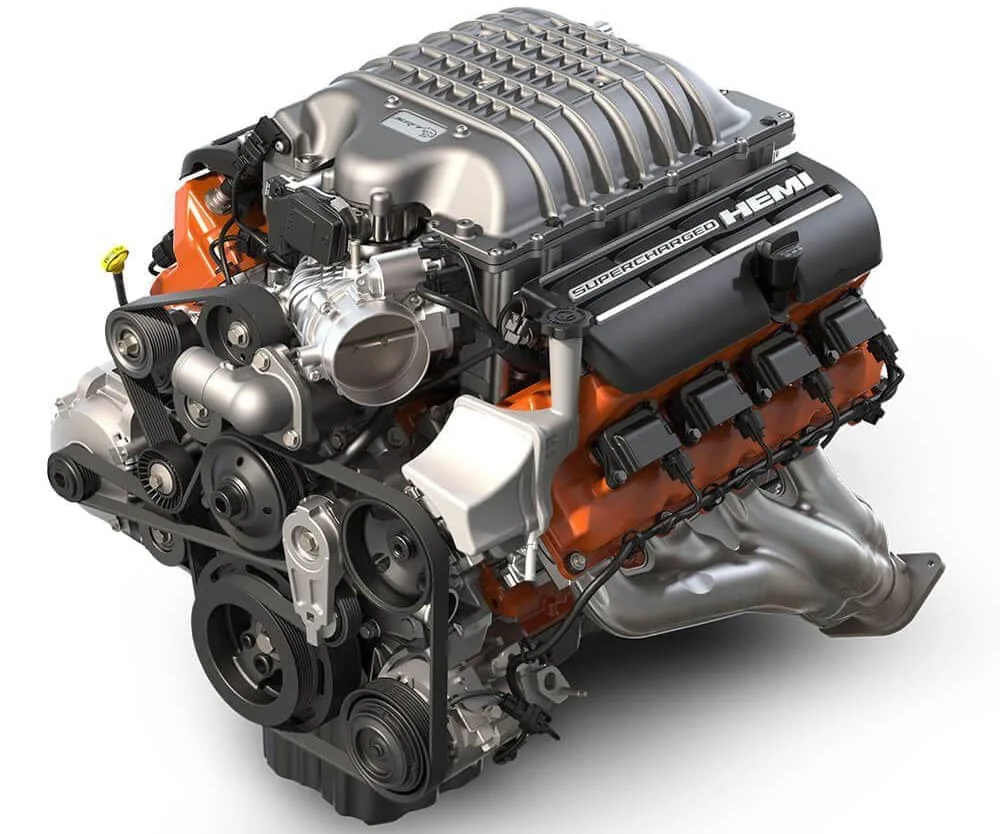
Its advanced valve shape allows for faster fuel burn. Hemi valves are larger than previous models. The perfect size of Hemi engines allows for good airflow. Lets more air in and exhausts efficiently too. Correct spark plug positioning results in superior efficiency and power.
The Hemi engine is reliable and durable and can run smoothly for years with proper maintenance. It is mainly famous for its strength and durability and is preferred by everyone. Some of the advantages of the engine are low surface area, high compression ratio, and efficient shape.
About Hemi Engines, Someone is saying that Hemi engines are being phased out because they are old, and lack fuel efficiency. The Chrysler Hemi engine is a 90-degree V8, 2-valve pushrod design. This changed to 5,654 cc (345 cu in), a bore of 3.917 in (99.49 mm), and a stroke of 3.578 in (90.88 mm).
The 6.4L HEMI V8, codenamed “Apache”, features a medium-duty 90-degree pushrod V8 and two large valves. It features 16 spark plugs, 410 horsepower, and 429 foot-pounds of torque.
The 5.7 Hemi is a very popular, advanced V8 engine used in many Dodge and Chrysler vehicles. It has an output of up to 395 horsepower and 410 pound-feet of torque for the 2021 model year which is quite impressive.
A Hemi engine multi-displacement system improves fuel economy and reduces emissions.
Variable valve timing (VVT) is a mechanism that changes the timing and movement of a valve lift event in a combustion engine. Again hydraulic valve gears actuate it. VVT helps you get the best and the dual VVT system helps the engine breathe more efficiently.
There are three generations of the Chrysler Hemi engine.
- First Generation (1951-1958) – It was known as the Chrysler Firepower engine. It is the first Hemi engine to appear in the car.
- Second Generation (1964-1971) – Known as the 426 Hemi, this engine was developed for NASCAR in 1964. Engineers named it “Elephant”.
- Third Generation (2003–present) – Known as the “New HEMI” this is a more advanced Hemi engine compared to the current generation.
The Hemi V8 engine is used in Dodge, Jeep, and Ram vehicles. Also, other applications and models include Dodge Charger, Dodge Durango, Ram 1500, Ram 2500, Jeep Wrangler Rubicon 392, Jeep Grand Cherokee, Dodge Challenger SRT, Chrysler 300, and 2022 Jeep Wagoneer. The word “hemi” comes from “hemisphere” which causes more efficient power over time.
Performance Comparison Between LS vs HEMI
Both engines are known separately for their performance and efficiency. The differences between some of their comparative characteristics are shown
| Comparing Aspects | LS Engine | HEMI Engine |
| Power and torque output | The LS engine offers solid mid-range and top-end power. V-8 engine that produces 525 horsepower at 6200 rpm and 486 lb-ft of torque at 5200 rpm | The Hemi engine delivers low-end torque. The Hemi LS engine produces 636 horsepower at 6,500 rpm and 545 lb-ft of torque at 5,500 rpm |
| Acceleration and speed capabilities | The LS engine is arguably lower in performance levels than the Hemi, but it has millions of engines to change | The hemispherical shape of the Hemi engine makes the combustion chamber more advanced and efficient, resulting in excellent performance. The 392 HEMI V8 engine goes from 0 to 60 in 4.5 seconds |
| Fuel efficiency and consumption | LS engine Lexus LS gives a mileage of 15.4 kilometers per liter (kmpl) and hybrid (electric + petrol) mileage of Lexus LS is 15.4 kmpl. | The 2024 Ram 1500’s 5.7-liter HEMI V-8 engine returns an EPA-18/23 MPG with a 2WD setup. |
According to many users, the LS engine is the most durable. On the other hand, Hemi is a strong option for enthusiasts. Well known for its exceptional performance and durability. The opinion of a consumer as well as a professional car mechanic is equally welcome in this discussion.
LS engines offer compact size, high-power, high-flow cylinder heads, according to Pro. And the Hemi engine offers plenty of power, good fuel economy, good value, good bottom-end power, and good reliability.
Engineering and Technology in LS vs HEMI
Although both LS and HEMI are the same engine brand, there are significant differences in performance and technology. Some comparative differences are made between the two engines
| Comparing Aspect | LS Engine | HEMI Engine |
| 1. Pistons | The LS piston is a stroker with two piston rings to fit 2.200-inch intake valves. | The Hemi engine’s piston head is dome-shaped to fit the combustion chamber. The Hemi piston has six compression rings |
| 2. Connecting rods | The LS engine has a standard rod length of 6.098 inches | The Hemi engine has an H-beam 6.125-inch connecting rod |
| 3. Crankshafts | LS engine has better crank support | HEMI engine’s crank support is relatively light |
| 4. Cylinder heads | LS engines have only one row of valves | A Hemi engine has a hemispherical head and the engines have valves that are angled towards each other |
An engine’s cooling system is very important. Its main function is to ensure that it runs at its optimal operating temperature. The cooling system must work, if it fails, the engine can overheat and cause serious problems. Both the LS’s cooling system and the HEMI engine’s cooling system work very efficiently.
The LS cooling system has an “engine vent line” installed above the cylinder head that pumps the water pump coolant. Then the coolant circulates. The HEMI engine’s fuel injection performs with high efficiency. LS-based engines have advanced fuel injection. In the 90s almost every car and light truck had fuel injection but nowadays it has become more advanced.
Aftermarket Support and Tuning
LS engines have a lot of aftermarket support when it comes to LS and Hemi engines. The engine block, intake, camshaft, and cylinder heads are many more parts. Custom tuning is required to adjust any engine fuel and ignition system. Dyno tuning is common due to the popularity of LS upgrades. Install a larger throttle body to increase horsepower on the 5.7 Hemi. The Hemi engine aftermarket is relatively less known.
Some general changes and enhancements remain for the LS and HEMI engines. Can install an AFM disabler to keep the engine running well. A cold air intake makes it easier and can increase torque. Exhaust upgrades are more efficient in modern engines.
Stock heads are matched to compression for CNC airflow. You can use aftermarket cathedral port heads, which can reduce downtime.
Reliability and Durability
Both the LS and HEMI engines offer an efficient and reliable engine. But with proper care and proper maintenance, its efficiency can be increased. LS engines are powerful and durable. It comes with a simple design which makes them more convenient. With proper maintenance, it can last around 200,000-300,000 miles.
Some say that LS engines are built with extra margin and are reliable because they are easier and smoother to drive.
HEMI engines on the other hand are well known for their power, durability, and reliability. It can be said to be a good choice for performance. It offers plenty of power and is capable of handling tough terrain. A HEMI engine can last for years with proper maintenance.
Cost Comparison
Both LS and Hemi engines are popular for their performance and reliability. A study found that the cost difference between the two engines can be as much as $5,000. Prices may be lower or higher depending on different environments and markets.
Looking at the LS engine price range, according to LSX Magazine, LS engines can cost between $1,500–$2,500, and $2,500–$4,500.
Upstairs Hemi Engine Muscle Motors are expected to start at $14,999. Again the iron-block 426 ci Street Hemi offers the crate engine. The HEMI V8 engine 5.7L Eagle Gen III starts at around $5,410. Many consider the Hemi to be an excellent option for Mopar enthusiasts. Prices may vary depending on usage and maintenance.
Environmental Impact
Both LS and HEMI engines have some environmental impact. LS engines contain fossil fuels such as gasoline and diesel which, when burned, release carbon dioxide (CO2) and other pollutants into the atmosphere. It affects the environment severely. It contributes to global warming, and air pollution and also endangers the lives of common people.
On the other hand, HEMI engines have higher emissions of oxides of nitrogen, which are created through engine efficiency. HEMI engines have a smaller surface area than flathead engines, resulting in less heat output during combustion. The manufacturer of the Hemi V8 engine, announced in April 2023 that they will discontinue this engine.
Some environmental considerations are noted for aftermarket modifications to LS and HEMI engines.
Packaging
Packaging and transportation for shipment of parts create more greenhouse gas emissions. Using sustainable packaging and choosing the right packaging can help limit the environmental footprint.
Vehicle fluids
Using environmentally friendly car fluids can reduce these stresses. Also can reduce friction, perform better, and last longer than those fluids. Considering using an eco-friendly coolant provides engine protection.
Conclusion
Both the LS and HEMI are V-8-designed engines that are commonly used in modern cars and are popular in their turn. To compare the two, their characteristics can be separated in many steps. LS engines have one row of valves while HEMI engines have two rows of valves on the top end which is a big feature. Considering the size, the HEMI engine has a larger footprint than the LS engine. Again HEMI engines are known for their power and durability which will take precedence over all other features.
Considering the characteristics of both engines it is better to use with the car. The engine’s efficiency and maintenance must be maintained to have a long life. The detailed information of the above two engines is discussed in the said guide itself.

